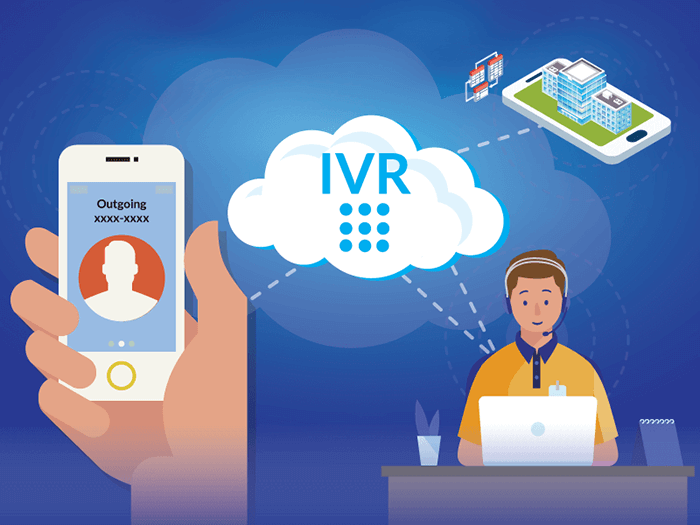It goes without saying that Asia is slowly turning into a major hub for medical tourism. Over the last decade, certain locations such as India, Singapore, the UAE, South Korea, and Thailand have emerged as the leading countries to promote medical tourism.
Moreover, most hospitals and medical clinics in the aforementioned countries have launched their own websites and also offer toll-free numbers for foreigners to call in order to begin learning about the options they offer in regards to medical tourism. Offering a toll-free number particularly has numerous notable advantages for foreigners because of the following:
It is accessible for free
Customers don’t need to pay for the call, no matter from which country they make the call. This helps them save substantially on international call costs which can be high. Thus your toll-free number becomes an effective marketing tool to engage customers and makes it easier for them to connect overall. This is an immensely powerful business tool!
Positive branding
Since perception certainly matters, a toll-free number gives prospective patients a suitable initial impression. You may even flip the switch for a vanity number that spells out a special word or name to enhance brand recall. Some hospitals build entire brands from their toll-free numbers, such as 1-800-MEDICARE, or 1-800-HEART. The phone number becomes the principal marketing strategy.
Enhances customer service
An easy to remember toll-free number makes it very easy for prospective patients to reach your hospital when they have urgent queries. Most people still seek instant gratification, and a toll-free number is often the best way to satisfy them because it provides the human touch, a voice on the other line, and is a salient tool for providing personalized and convenient customer service.
Flexibility
Toll-free numbers may be forwarded to any cell phone, IP phone, or landline number. Moreover, they are portable, no contracts are required, and the number is transferrable to a different service provider anytime. Moreover, the forwarding calls feature comes for free and enables you to take your business anywhere, whether in the hospital or on the road.
Ensures international presence: Your international presence definitely grows with a toll free number. With newer mobile apps being launched almost every day to help consumers reach out, it’s getting easier for hospitals and medical centers to sell to international customers. The number makes you more accessible to your international customers by providing them with an easy, cost-free way to reach you when they have questions about visiting your facility for treatment.
Affordability
Toll-free numbers, these days, are easy to setup and affordable even for startup hospitals and small medical centers. This is more so as cloud-based call forwarding phone systems make it all the more convenient and cheaper for them. Most major providers offer convenient monthly plans with all-inclusive rates or pay-as-you-go options that don’t require contracts or deposits.
Single point of contact
The number also serves as a single point of contact for the hospital where an international patient can call with any query pertaining to his treatment, services offered and costs, etc. The number is also the sole point for sales and information regarding surgical and medical packages; discounts offered, auxiliary facilities such as foreign exchange, interpreters, local transportation, board & lodging available for those accompanying the patient. Once someone from abroad gets this information readily, it becomes easier for them to decide on the hospital more quickly.
Customer care & support
A vital function of a toll-free number is to provide customer service to its customer base. This particular feature is usable by hospitals to resourcefully and better handle consumer needs and resolve doubts.
Removes obstacles
Research shows that the average customer usually hesitates to dial a hospital’s landline number directly. On the other hand, this doesn’t happen with toll-free numbers which are known to eliminate any uncertainty in the caller’s mind. This ‘free’ aspect encourages an increased number of inquiries and actual visits to foreign hospitals for treatment. Of course, this, in turn, translates into higher profit margins for hospitals. Moreover, additional advantages such as voicemail also help solve routine questions and concerns.
24/7 customer support
A fantastic advantage of toll-free numbers is ’round the clock customer support’ that eliminates time constraints. Those seeking treatment can dial anytime throughout the day or night and not have to be concerned about time differences at all, at their own convenience. This certainly helps to establish long-term relationships with patients.
Cost reduction
Subscription rates for toll-free numbers are comparatively lower than regular telephone devices. A phone line is sufficient enough for using the number. Moreover, installation charges are also minimal, and service providers are also offering additional services such as voice mail, unwanted call elimination, and message centers. This greatly helps in reducing operational costs through restriction of the workforce.
Thus, medical tourism, which is slowly gaining popularity for its cost-efficiency, quality services, professional treatment, use of state-of-the-art medical technology, and the opportunity it offers for traveling abroad, has everything to gain and nothing to lose from a toll-free number.







